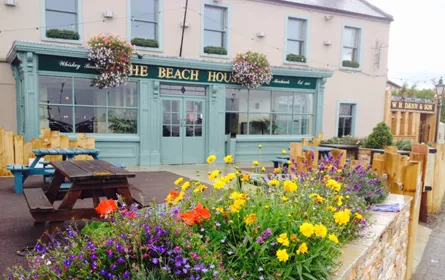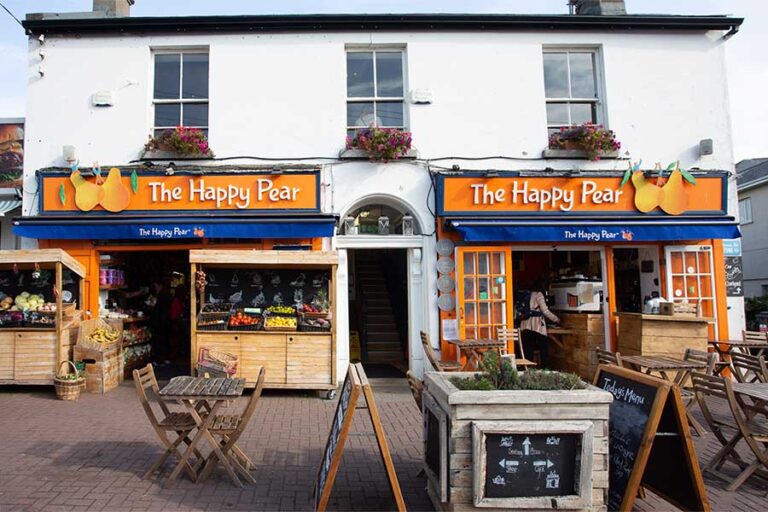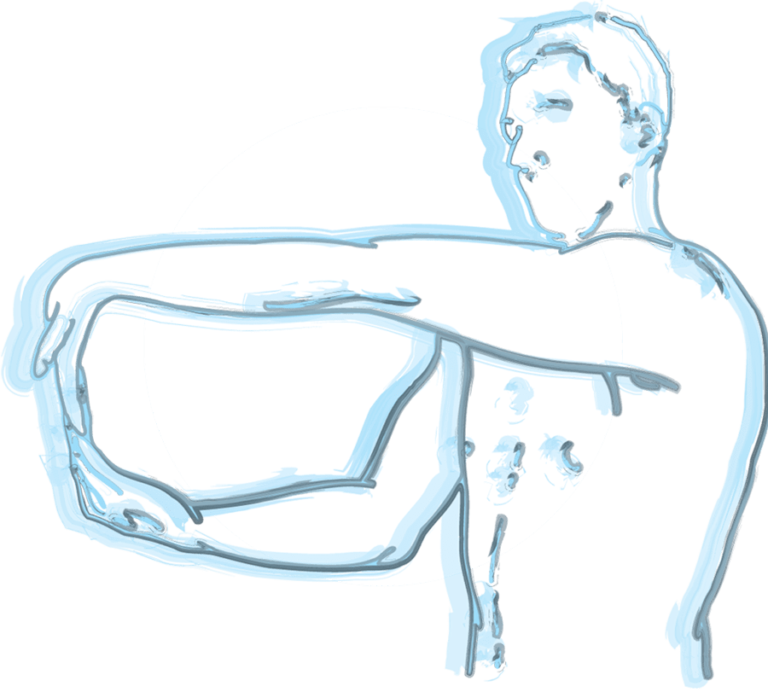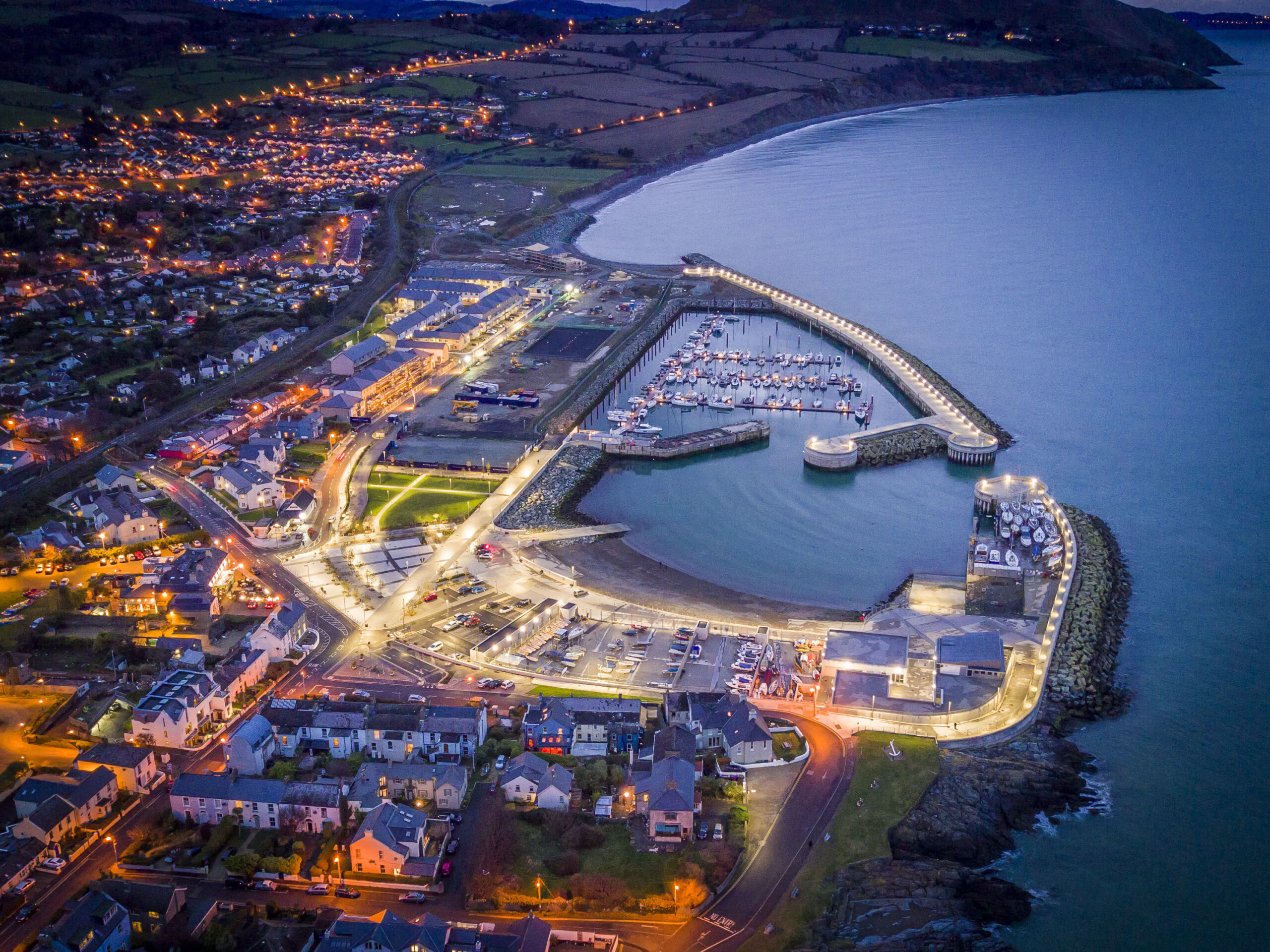The Beach House pub is situated overlooking the fine marina in the picturesque town of Greystones, County Wicklow. The pub Read more…

×
×
×
Top car brands in Ireland. Alfa Romeo, Audi, Hyundai, Nissan, Toyota, Chevrolet, Jeep, Kia, Tesla, Citroen, Porsche, Fiat, Ford, Volkswagen, Land Rover, Mercedes, Range Rover, Peugeot, Renault and more…Find yours on Your Local Advertiser!
Finest in Fashion Clothing In Greystones
Get your business rated
Your Local Advertiser Greystones
Visit our online directory with businesses, find a job, advertise a job, buy and sell in Greystones & surrounding area
If you wish to advertise in visit – Advertise with us
Finest Tradespersons & Building Trade & Suppliers in Greystones
Get your business rated
This is the beginning of your local advertiser, The Greystones Advertiser available in selected locations across Ireland. The Advertiser is available online.
Your Local Advertiser – The Greystones Advertiser offers you an up-to-date experience to find what’s on, what’s for sale, recommended trade persons to locate the rated trade person for the project of choice, where to watch important matches in the finest pubs, where to eat out or even explore the local café culture.
Your Local Advertiser gives the a weekly insight into the most competitive prices across the supermarkets with offers and vouchers for your shopping experience. Your Compare Grocery Spy that points you to the most beneficial shopping savings in the local supermarket weekly. Yourcompare.ie online and in your local Advertiser.
It’s local let’s support it !!!
Your Local Advertiser supporting local businesses, beating inflation and providing huge benefits to all throughout Ireland.
Property Trader
Visit our unique pages for real estate in our Your Property Advertiser displaying auctioneers and property for sale and rent with mortgage and loan providers in one hub. Your Property Advertiser is in multiple languages and hosts rated real estate agents across Ireland and covers the Mediterranean countries and most of Europe.
Auto Trader
You can also visit our Auto Car Advertiser sales and finance in your Auto Advertiser displaying the latest cars for sale and car hire along with commercial vehicles for sale and plant & machinery.
Kids
For kids, we offer a bi-monthly colouring competition with prizes bringing the Greystones community closer together. You as a business have the opportunity to increase your sales and present your business in front of a huge audience.
Buy and sell
Visit the official Buy & Sell pages for Cork city & county and Dublin city & county covering a large selection of items for sale privately and from rated businesses across Ireland. New and used items for sale.
Jobs
The Greystones Advertiser offers the best platform for jobs wanted and job vacancies for a quick and accurate decision. Look for a job, post a job, browse jobss in all categories in and around your area.
Business directory
The advertiser offers a full classified section covering medical professionals, cosmetics, dental professionals, education colleges, schools, universities, day learning centres, find rated trades persons, local, national and international crafts and much more.

Top fashion brands in Ireland.Dolce & Gabbana, Gucci, Ralph Lauren, Tommy Hilfiger, Nike, Adidas, Puma, Calvin Klein, Prada and more…Find yours on Your Local Advertiser!





























































